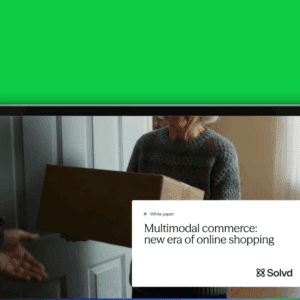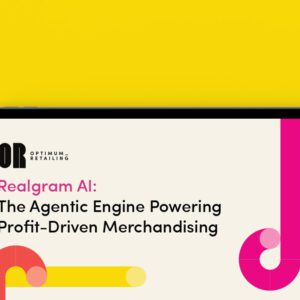By Juliana Pereira, Smartling

There was a great video from Rebecca Minkoff making the rounds among my retail colleagues a couple years ago, showing off what an amazing experience clothes shopping has become in-store thanks to new technology augmenting the customer experience.
It’s proving that the brick-and-mortar store remains relevant and can continue to play a key role in the sales process. As the Rebecca Minkoff in-store experience highlights, customers walking into their store are provided resources at the touch of their fingers to help make the buying process a very customized experience. (Think touchscreen meets the changing room mirror but with major style.)
By making the stores “smart,” retailers are deepening their customer relationship by delighting all their senses. From the dressing room, customers are engaging the product line, ordering tea and asking for different sizes to try, while filling their shopping cart.
All this technology adoption enables retailers and brands to go beyond the traditional shop-based experience and create end-to-end customer experiences on and offline, so that buyers become customers for life and brand advocates.
That said, customers have high expectations and continue to demand greater customization and personalization in their shopping experiences, whether in-store or online. Furthermore, not all your customers are necessarily interacting with your brand in English, which can create some snags in their enjoyment of your brand, particularly when transacting online.
Actually, 95% of consumers live outside the U.S. and don’t speak English. And according to industry analyst Common Sense Advisory, 75% of buyers are more likely to buy a product where the description is in their own language. It’s safe to say that localization and digital content translation is a huge competitive advantage for global retailers.
Even on a global scale, all sales are local. But the process of localizing digital content can be cumbersome and complicated to manage, so using technology to tie together all the customer conversion points across markets and locales has become paramount. Many ambitious brands are already taking advantage of localization software, which decreases the manual effort involved in the translation process, reduces cost for creating multilingual content, and accelerates time to market for new products.
As an example consider Canary, a home security product that uses translation to extend its brand promise and build trust with customers. (A full case study is available here.) For Canary, which operates in an industry defined by authority and trust, providing a consistent brand experience across customer touch points is a top priority. Giving its users a completely native experience requires translating everything from feature descriptions and legal disclaimers to mobile app interfaces and customer support portals, which is no easy task. With global aspirations in more than 15 countries, Canary is able to use translation technology to ramp up its international efforts while providing a superior customer experience across all markets.
Many other brands have discovered that supporting customer needs requires a lot of content in a variety of formats, like web sites, mobile apps and content, marketing content, customer support and more. If the creation of and updates to all that dynamic content in one language weren’t challenging enough to manage, imagine having to translate all of it into a dozen languages. And in order for that content to be translated as quickly as it is created, brands must abandon their manual processes and find a centralized solution to automate translation efforts, to continue providing that delightful end-to-end customer experience. We’ve been in the age of agile technology for quite some time, so why can’t global content creation be agile, too?
Localization has exciting implications for the future of retail. We already know that shopping is no longer divided between brick-and-mortar and digital, and today the lines are blurred with the in-store and online experiences merging into “omnichannel.” The in-store experience is augmented by digital, and the digital experience drives traffic to brick-and-mortar. But we’re starting to see that, with big data, brands are able to collect information on all their customers in-store and online, and can better personalize and market to these customers to build a strong brand loyalty.
If you can’t get personal with your customer, speak their language and share their values, you may be missing some significant global growth opportunities. Speaking your customer’s language needs to be part of that personalization and customized experience, and with the right tools, it’s not as hard to do as you think.
Juliana Pereira is Senior Director of Marketing at Smartling and is responsible for the company’s demand generation, digital, content, field and product marketing efforts. Having 15 years of experience in marketing and e-Commerce, Pereira joined the Smartling team in 2015 after holding the role of Senior Director, Wholesale Online Strategy & Marketing at Ralph Lauren. Previously, she worked across various verticals and industries, from non-profits and publishing to tech and fashion.






